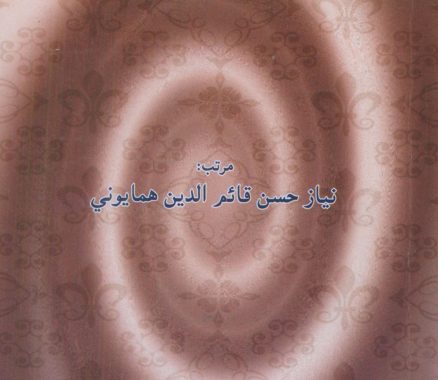Abdullah Shah Ghazi:
3 min readAbdullah Shah Ghazi:
There are three versions about Abdullah Shah Ghazi.
The first version states that Abdullah Shah Ghazi was Syed Abu Muhammad Abdullah Al Ishtar from the lineage of the Prophet Muhammad (saw) from the linage of Hazrat Hasan Ibne Ali Ibne Abu Talib. According to historian Suhail Zaheer Lari, he was the son of Muhammad al-Nafs al-Zakiyya. He was born in Medina in 720 and arrived in Sindh in 760 as a merchant and brought with him a large number of horses purchased from Kufa, Iraq. He was given a warm welcome as he belonged to a saadat family, the noblest in Islam.
The second version has been given by, Dr. Umar Bin Muhammad Daudpota that the real name of Abdullah Shah was General Abdulla bin Nabhan. Who along with another senior commander, Badil bin Tuhafa, had launched a military expedition against the local ruler,Raja Dahir. The assault was a response to the activities of Raja Dahir, who was seen as encouraging pirates to raid Arab shipping. The war is generally attributed to being triggered by a noble woman who wrote to the then Governor of Basra, Al-Hajjaj ibn Yusuf, that she had been kidnapped. Al Hajjaj then wrote a letter to the Raja Dahir who replied that he did not exercise any control over pirates in his kingdom thereby triggering a military expedition that ensued at Debal, near modern day Karachi. Later, a second mission was entrusted to a young commander, Muhammad bin Qasim who defeated the Raja and rescued the noble woman and the other Muslim prisoners.
While Muhammad bin Qasim pressed on to topple the Raja and conquer, Abdullah Shah continued to live and preach Islam in Sindh. Beside preaching, Abdullah Shah was very fond of hunting. In old times, Sindh had plenty of wildlife like ibex, urial, blue bull, gazelle and deer. In his passion for hunting, Abdullah used to go far from the base and while he had was far enough away he was intercepted by the enemy. Out-numbered, he preferred to fight rather than submitting and it is because of this display of valor he was given the title of “Ghazi” meaning “victorious”.
He died in 773 A.D near the sea while dressed in war attire. He was buried atop a hill in Karachi, where his remains remain
Another story is that “one of the most popular urban myths of Karachi is related to one of its largest Sufi shrines (Abdullah Shah Ghazi). Built more than 10 centuries ago as the final resting place of an obscure Sufi saint, Shah Ghazi, on the shores of Karachi, thousands of the saint’s admirers have always believed that the reason why cyclones usually miss hitting Karachi is mainly due to ‘the mystical power and presence of Shah Ghazi’s spirit that resides within the shrine’
Of course, many Karachittes also laugh off such beliefs, but even till this day there are many who are convinced that Shah Ghazi’s spirit remains to be the city’s best deterrent against raging cyclones.
Till the early 1950s the shrine was just a tiny, shaky hut on top of a sandy hill in what we now know as Clifton and Sea View area in Karachi..
The tiny shrine began to be expanded in the mid-1960s by the Ayub Khan regime, especially for the large number of working-class men and women who began to migrate to Karachi from small towns and villages looking for work.
The populist ZA Bhutto regime (1971-77) further expanded the shrine and it was during this time it became one of Karachi’s largest.
However, though the shrine remained to be a popular spot for the city’s growing working-class and lower-middle-class segments (of all ethnicities), it was neglected by the Zia regime (1977-88).
It began to look shabby and in need of repairs.
In 2005, the MQM city government (backed by the Musharraf regime) started an extensive repair, cleaning up and renovation job on the shrine which was
completed in 2007. It continues to draw huge crowds.”



